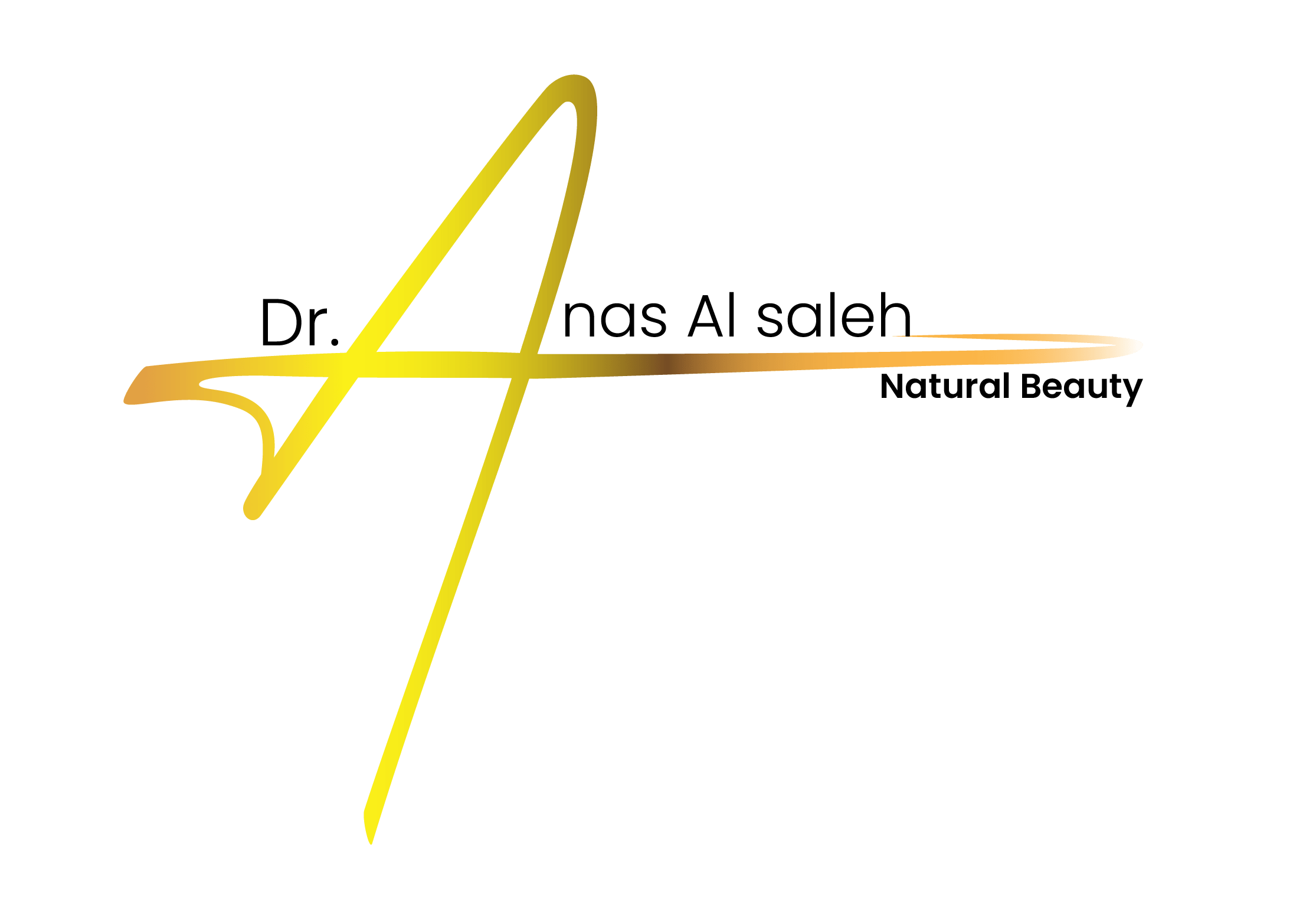Facelift



Surgical Facelift?
As we age, the skin of face and neck gradually lose its elasticity. The volume is lost in the midface and the soft tissues progressively descent. The effects of this process can be seen in the form of less prominent cheeks, deepening of nose to mouth lines, sagging of jawline while giving rise to jowls along with skin of neck falling downwards in loose folds. This change the facial appearance from triangle of youth to, inverted triangle of youth, as we get older.
These changes can be effectively addressed through necklift and facelift surgery which can be performed in combination with eyelid surgery.
Clinically, facelift surgery is also known as ‘Rhytidectomy’. It is a surgical procedure that involves surgery to remove the wrinkles, lines and other signs of ageing. The goal of the facelift surgery is to improve the overall facial and jaw appearance. It usually involves the removal of excess facial skin, with or without the tightening of underlying tissues, and the re-draping the skin on the patient’s face and neck.
Through neck Lift and facelift surgery the harmful effects of stress, ageing and exposure to external components are reversed.
Ideal candidates for Facelift surgery
Though facelift surgery is ideal for reversing the signs of ageing and to improve the facial appearance but it is not recommended for everyone. Many of the patients can have their conditions treated with a non-surgical facelift procedures that use dermal fillers, botox etc.
Usually, people between the age of 40-70 can undergo facelift surgery. A good candidate for a facelift surgery should have some elasticity and suppleness in skin along with a well-defined facial bone structure. They should have realistic expectations from the facelift surgery with a good overall health and a loose neck and facial skin.
